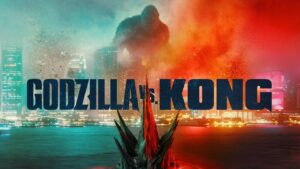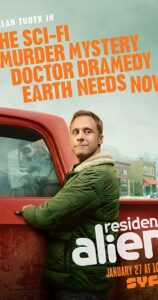The feature film Buffy the Vampire Slayer made little impression upon the world and vanished with little notice but the television series that followed became a cultural sensation skyrocketing its show runner Joss Whedon into celebrated creator status that only recently crashed back to Earth with scandal and controversy.
Running for seven seasons, the first five being well made with the final two in my opinion suffering from turnover in the writing that’s that severely damaged the integrity of the series the series followed the trial and adventures of Buffy Summer the titular Slayer a young woman mystically selected to protect the world from demon, supernatural threats, chiefly vampires.
In the pilot episode Buffy’s watcher Giles explains that contrary to legend the world did not start out as a paradise but rather was thoroughly infested with demons who were eventually dimensionally expelled with the Slayer now the appointed guardian of the barrier between the demon dimension and our own. A clear and unambiguous refuting of Christian cosmology. (One that Whedon in the audio commentary for the episode said he expected to initiate a flood of letters and complaints that somehow never arrived.) Dismissing Christian cosmology for your won is perfectly acceptable world building and, in many cases, a preferrable one but it left the series with an unanswerable question.
Why do crosses repel vampires?
It is not because there is any actual truth behind the symbol, Gile’s ‘actual’ history dispels that possibility. It also cannot be because the user has actual faith that powers the repulsion as when it became necessary to mystically revoke a vampire invitation to Willow’s home a required element was a cross on the wall and not a symbol from Willow’s Jewish faith.
This also raises the question about historical vampires from before the common era. In pre-Christian Rome or other parts of antiquity there were slayers and vampires did the cross repel them even before the advent of Christianity?
I know that these may seem like pedantic and pointless questions. After all it was just a TV series and used as the basis for much of its mythology concepts incorporated into vampire lore from a struggling Irish stage manager and a century of horror films, but it is exactly these sort of the backstory question that bedevil my mind. I would invite you if you were writing vampire stories to ask these sorts of questions and think deeper on the why of your mythology and not simply copy and paste from a century of cinema.







